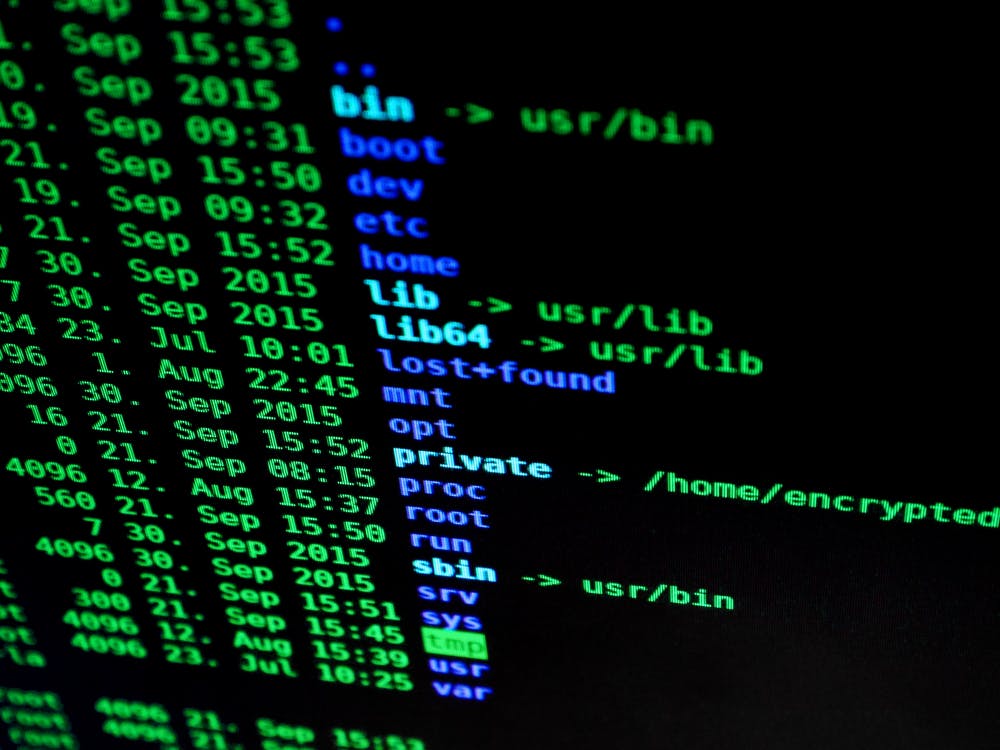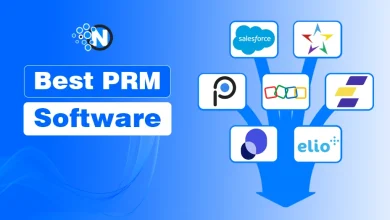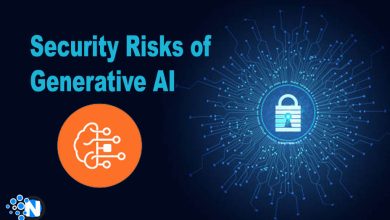
Modern methods to engineer software allow developers to create and repeat the process faster to complete their projects quicker. However, the outdated manual and sequential security strategies cannot keep up with these modern methods.
That is why some security teams have resisted the new development processes, but the smart ones have embraced it with DevSecOps practices. By introducing some changes to security processes and tools, they can make their efforts more efficient to ensure software safety for the customer.
Several essential areas must be considered while implementing DevSecOps in an organization. We will discuss some of the essential aspects that can help you improve software development security with DevSecOps at your organization.
Implementation of DevSecOps Is Inevitable
Regardless of what some people or companies think about agile and DevSecOps, their implementation is inevitable. It has too much business value because it enables developers to replicate quickly and send new features to customers.
Security teams in organizations must engage in essential conversations that impact software architecture, development, and strategy. Therefore, they have to start speaking the same language and understand software development to add value without slowing down the use of CI/CD pipeline or containers.
In most companies, security teams cannot delay software release unless there is a critical vulnerability. Therefore organizations should adapt to utilize their existing infrastructure and development processes to implement additional security control. These are some of the ways to achieve that:
- Any lightweight code scanning must get integrated into CI to find bugs or vulnerabilities early in the process.
- Dynamic scanning should be incorporated into CD in the QA environment to detect additional bugs present in the applications.
- Containers must get scanned to detect any vulnerabilities in the images.
Precaution Is Better Than Cure for DevSecOps
For most companies, security teams should not act as a cure to a problem unless there is a critical risk. The habit of pulling emergency brakes can diminish the effectiveness when security teams have to interact with development teams.
Instead, they should implement precautionary measures such as vulnerability libraries, detection tools, and elimination processes. Developers can use these measures to continue their work efficiently and securely. These are some of the questions that the security teams should ask:
- What are the usual types of bugs and vulnerabilities from codes, containers, and images?
- Is there a process or strategy to avoid these bugs repetitively in the future?
- Are there any functionalities or features that can introduce a vulnerability in the software?
- Can developers follow a process to avoid such functionalities or features?
DevSecOps aims to ensure that developers can focus on creating new services and features without worrying about the security aspects. Therefore, security should be seamlessly integrated into the libraries and systems that they use in the development process.
Security Automation Is Better
You should take some time to review the tasks and processes of security teams to determine the following:
- What security tasks are performed regularly?
- How does the organization benefit from those tasks?
- Which of those tasks can be partly or entirely automated?
- Are any of the tasks inefficient, or can be performed in a more scalable way?
Every company needs to organize the security efforts around the development activities and tools. Automation of security is a better way to achieve that and can be accomplished in many ways, such as:
- Implementing a code scan for every new pull request and reflecting on any vulnerabilities found.
- DAST scanning every container image and versions of applications deployed in the QA.
- Creating JIRA tickets for every identified problem with an apt description, recommended solutions, and assignment to the appropriate development team. The process might need a manual check for false positives before getting assigned to the development team.
- Using codes that integrate the security tools to run simultaneously and eliminate duplicate outputs before getting stored with appropriate tags like JIRA.
Automated security processes and tools make the process more efficient and fast so that your teams can focus on activities that need human intervention. It will ensure that your security teams become more efficient with time.
Preference for Selective Tools
You might be creating a security scanning tool for monitoring infrastructure at your organization for DevSecOps. In either case, you will have to choose between two options:
- You can try to find out as many problems and vulnerabilities as possible at the risk of getting more false positives.
- You can be a little more selective with the potential vulnerabilities that get reported. That way, you might miss out on some real problems, but the ones you report would be genuine issues.
Under ideal circumstances, you should be able to build a tool that can sort out the real issues from the false positives. Unfortunately, that cannot be achieved for static or dynamic analysis due to fundamental technological reasons. Most companies prefer to choose the second option so that they do not have to waste too much time reviewing false positives.
Most large companies spend a considerable amount of time developing and implementing custom tools specific to their codebases. However, they have to gather feedback and conduct alterations to make the tools and process precise and efficient.
These techniques to implement DevSecOps in an organization cannot be generalized. We hope that the factors we discussed prove useful in scaling up security at your organization using DevSecOps.




